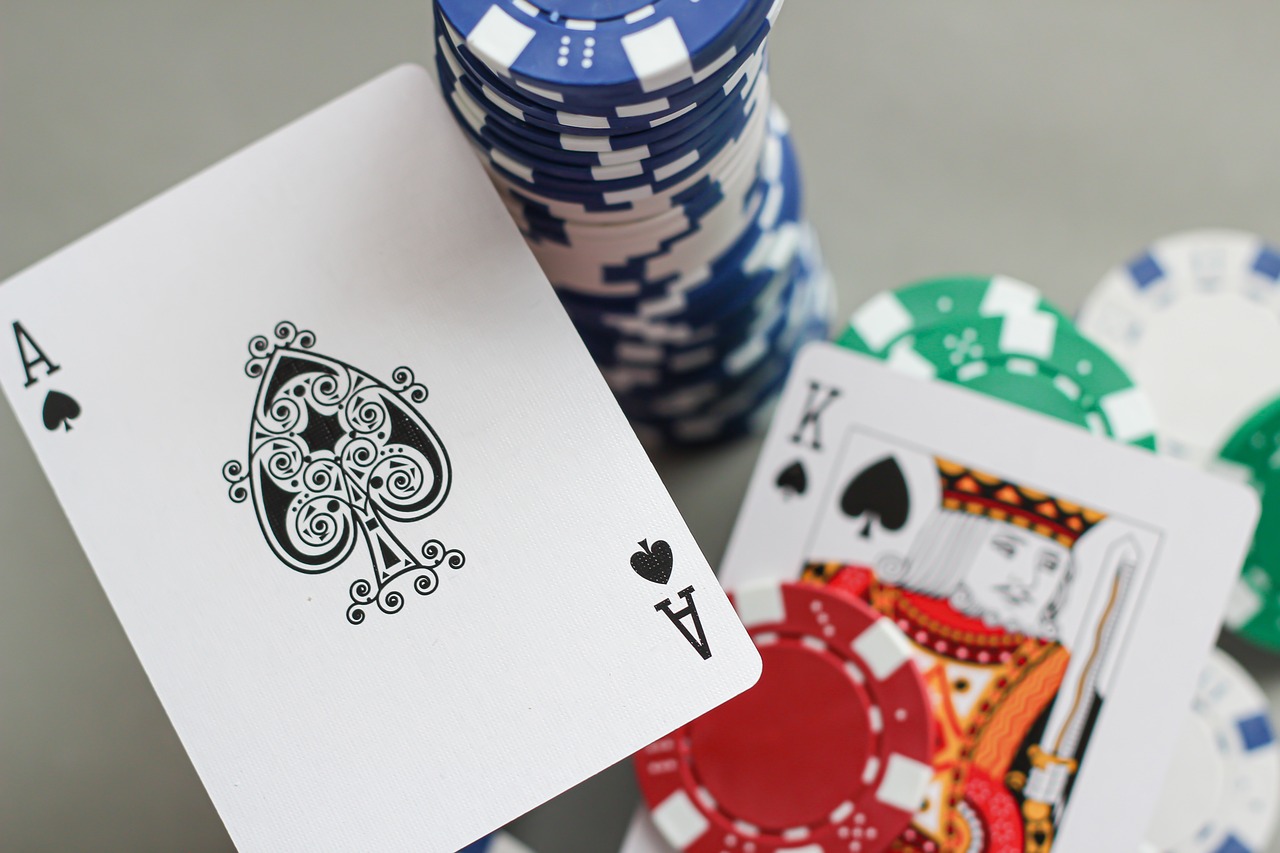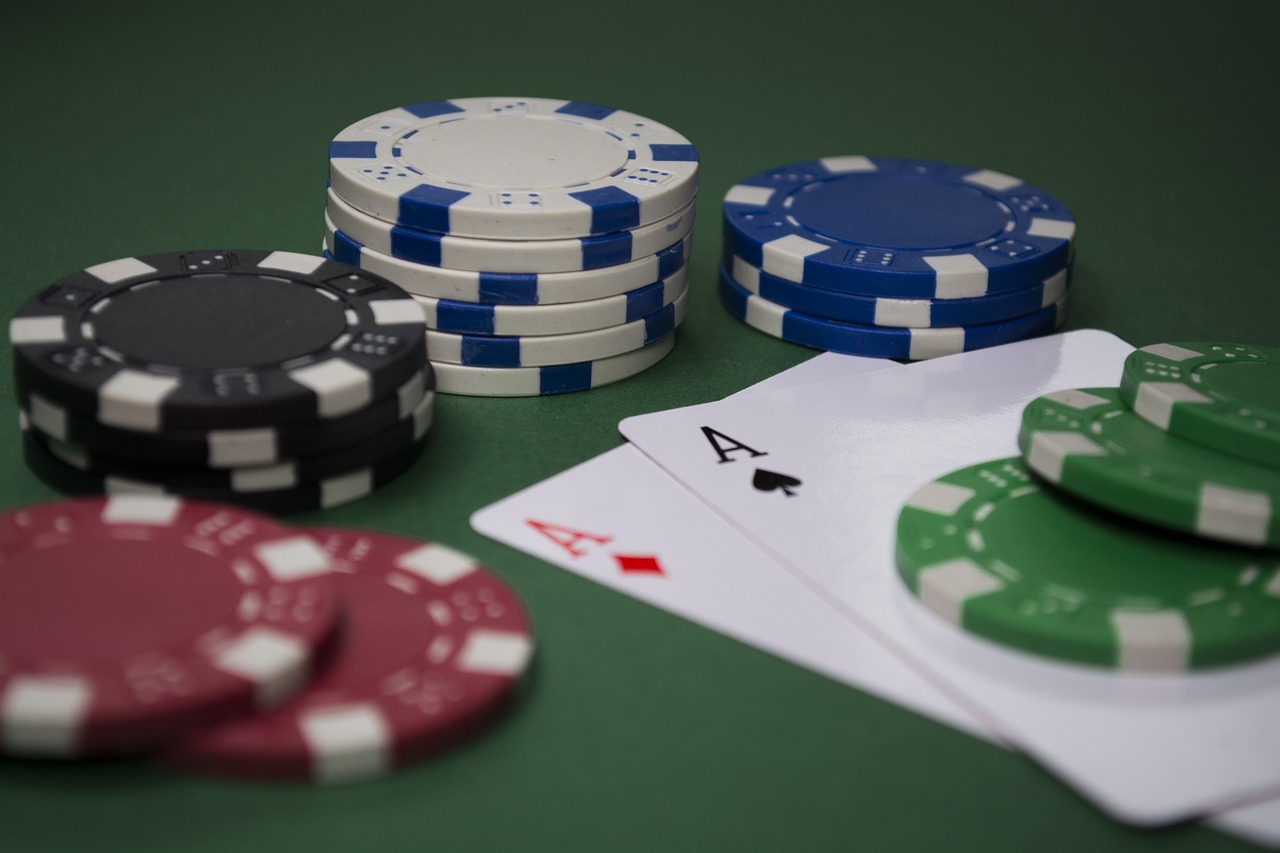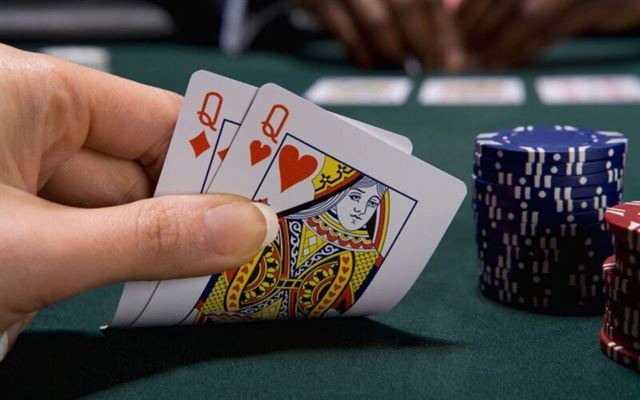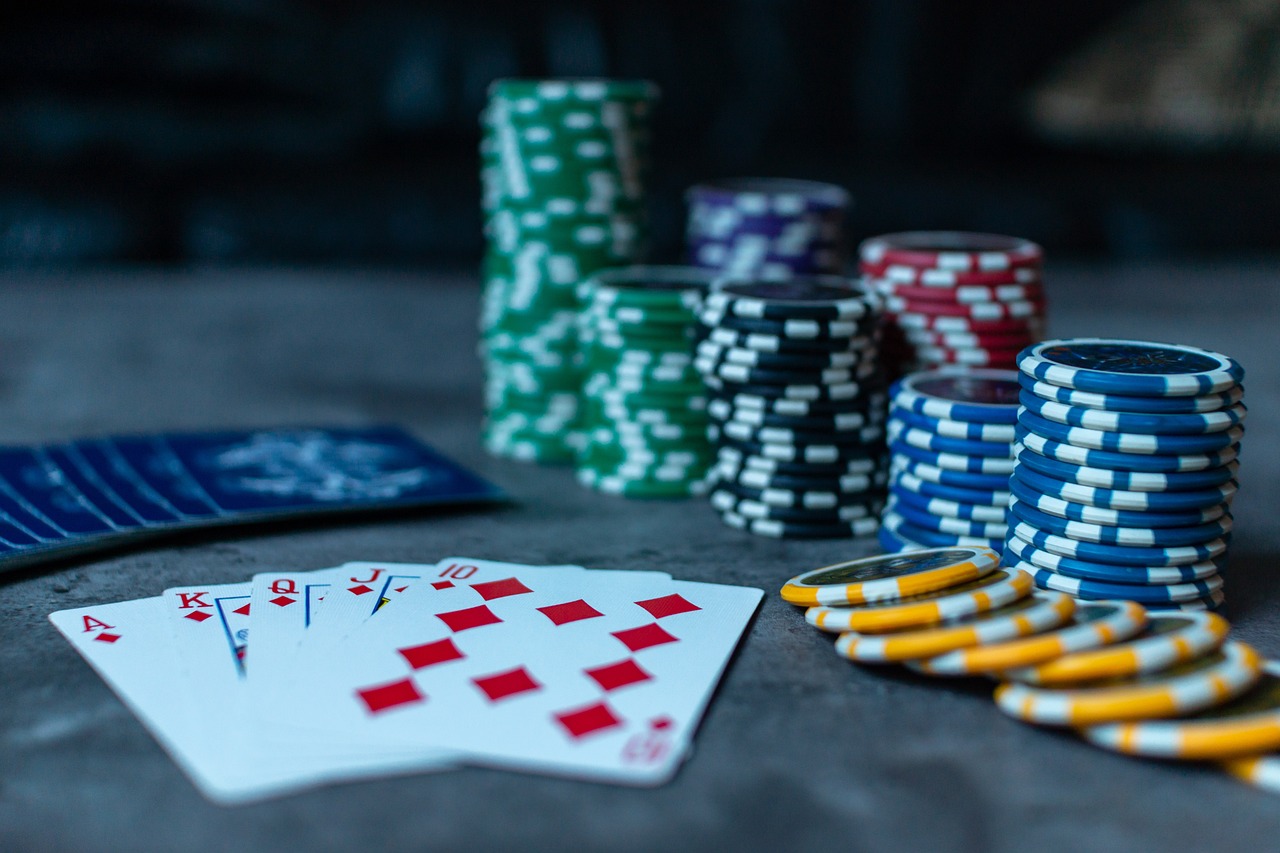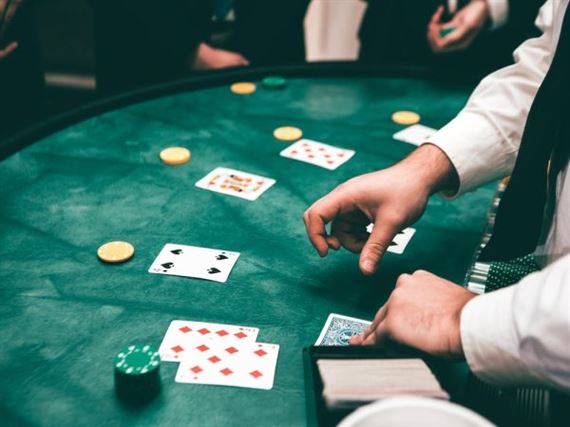Poker is a game that goes beyond the mere act of playing cards. It is a mental battle, a strategic war where players try to outwit and outplay each other. One crucial aspect of this psychological warfare is the ability to read your opponents.
The Art of Poker Tells: How to Read Your Opponents
Reading your opponents in poker is not about being psychic or having some magical power. It is about observing their behavior, interpreting their actions, and making educated guesses based on those observations. This skill can be honed with practice and experience, and it can give you a significant advantage at the table.
One common way to read opponents is by paying attention to their physical tells. These are subtle cues that players unknowingly display through their body language or facial expressions. For example, a player who is bluffing may have sweaty palms, fidgety hands, or an increased heart rate. On the other hand, a player with a strong hand may exhibit confidence, relaxed posture, and steady breathing.
It’s important to note that physical tells should not be relied upon as the sole basis for your decisions. They can be misleading or easily manipulated by skilled players. However, they can provide valuable insights when used in conjunction with other information.
Another way to read opponents is by analyzing their betting patterns. The bets a player makes, the timing of their bets, and the amount they bet can all reveal valuable information about their hand strength and intentions. For instance, a player who consistently raises before the flop may have a strong starting hand, while a player who hesitates before calling may be unsure of their hand’s strength.
Furthermore, the way opponents interact with the community cards can also provide clues. Are they eagerly scanning the board after each card is revealed? Or are they avoiding eye contact and showing disinterest? These behaviors can indicate whether they have connected with the board or missed completely.
In addition to physical tells and betting patterns, verbal cues can also be insightful. Pay attention to the words opponents use and how they say them. Are they talking more when bluffing to distract you? Or are they suddenly silent when holding a strong hand? These verbal cues can be powerful indicators of their current situation.
However, it’s important to remember that reading opponents is not an exact science. People are complex beings, and their behaviors can be influenced by various factors such as nerves, emotions, or even deliberate deception. Therefore, it is crucial to gather as much information as possible before making any judgments.
To become skilled at reading opponents, you must practice active observation and analysis. Pay attention to every detail, no matter how small it may seem. The more you play and observe, the better you will become at recognizing patterns and interpreting behaviors.
Finally, always be aware that while reading your opponents is essential, it works both ways. They will also try to read you and exploit any tells or patterns they detect. Therefore, it’s crucial to mix up your own behavior and betting patterns to keep them guessing.
In conclusion, reading opponents in poker is a vital skill that can greatly enhance your chances of winning. By observing physical tells, analyzing betting patterns, and paying attention to verbal cues, you can gain valuable insights into your opponents’ hands and strategies. However, it’s essential to remember that reading opponents is not foolproof and should be used in conjunction with other information. With practice and experience, you can sharpen your ability to read opponents and gain an edge in this thrilling mental battle called poker.
Mastering Psychological Strategies in Poker Mind Games
Poker is a game of skill and strategy, but it’s also a game of psychology. The ability to read your opponents and understand their thought processes can give you a significant advantage at the poker table. In this article, we will explore some psychological strategies that professional poker players use to gain insight into their opponents’ minds.
One of the first things to consider when trying to read an opponent is their body language. Non-verbal cues can reveal a lot about a person’s hand strength and overall confidence. For example, if an opponent is avoiding eye contact or fidgeting with their chips, they may be nervous or uncertain about their hand. On the other hand, if someone is sitting up straight, making direct eye contact, and confidently betting, it could indicate a strong hand. By paying close attention to these subtle signals, you can gather valuable information about your opponents’ hands.
Another psychological strategy in poker mind games is observing betting patterns. How much someone bets, when they bet, and how they react to others’ bets can provide insights into their playing style. Some players are more aggressive and tend to make large bets, while others are more conservative and prefer smaller bets. By analyzing these patterns over time, you can start to develop a sense of how your opponents play and adjust your own strategy accordingly. For example, if you notice that a player consistently makes big bets when they have a strong hand, you can be cautious when they suddenly make a small bet, as it could be a bluff.
In addition to body language and betting patterns, verbal cues can also be telling in poker mind games. Pay attention to what your opponents say during the game, as well as how they say it. Are they confident and assertive when they talk about their hand? Or do they seem unsure and hesitant? Verbal cues can provide valuable clues about whether an opponent is bluffing or genuinely has a strong hand. However, it’s important to remember that some players may intentionally try to deceive you with their words, so be cautious and use these cues as just one piece of the puzzle.
Furthermore, understanding your own psychology is crucial in poker mind games. It’s essential to manage your emotions and not let them give away information to your opponents. For example, if you receive a bad beat, it’s natural to feel frustrated or angry, but showing those emotions can give your opponents an advantage. Professional players have learned to stay calm and composed even in the face of adversity. By keeping your emotions in check, you can maintain a clear focus on the game and make rational decisions based on the information at hand.
In conclusion, mastering psychological strategies in poker mind games is an essential skill for any serious player. By paying attention to body language, betting patterns, verbal cues, and managing your own emotions, you can gain valuable insights into your opponents’ minds. This knowledge allows you to make more informed decisions and increase your chances of success at the poker table. So next time you sit down to play a game, remember to keep your eyes open, listen closely, and stay in control of your own psychology.
Understanding Non-Verbal Cues: Reading Body Language in Poker
Poker is a game of skill, strategy, and psychological warfare. While the cards you hold are important, understanding your opponents’ intentions and reactions can give you a significant edge. This is where reading body language comes into play.
In poker, players often try to conceal their true emotions and intentions behind a poker face. However, no matter how hard they try, there are always subtle non-verbal cues that can betray them. By learning to recognize these cues, you can gain valuable insights into their thought process and make more informed decisions at the table.
One of the most common non-verbal cues in poker is eye movement. The eyes are often referred to as the windows to the soul, and in poker, they can reveal a lot about a player’s hand strength or bluffing intentions. For example, if an opponent quickly glances at their chips after seeing the flop, it could indicate that they have a strong hand and are considering making a big bet. On the other hand, if they avoid eye contact altogether, it might suggest that they are bluffing and trying to hide their nervousness.
Another important aspect of reading body language in poker is observing the posture and body movements of your opponents. A confident player will usually sit upright with relaxed shoulders, indicating strength and control. Conversely, a player who slumps in their chair or fidgets nervously may be feeling uncertain or insecure about their hand. These physical manifestations can provide valuable clues about their level of confidence and the strength of their cards.
Gestures and mannerisms also play a crucial role in deciphering an opponent’s intentions. For instance, when a player suddenly starts tapping their fingers or repeatedly shuffling their chips, it could mean they are anxious or impatient. This behavior might indicate that they have a weak hand and are trying to appear stronger than they actually are. Similarly, if an opponent becomes noticeably still or rigid, it may imply that they are trying to control their emotions and hide the fact that they have a strong hand.
Additionally, facial expressions can reveal a wealth of information in poker. Microexpressions, fleeting facial expressions that occur unconsciously, can provide valuable insights into an opponent’s emotional state. A quick twitch of the lip or a raised eyebrow could indicate excitement or disappointment. By paying close attention to these subtle changes, you can gain a better understanding of how your opponents perceive their own hands and adjust your strategy accordingly.
It is important to note that reading body language in poker is not an exact science. While certain cues may suggest a particular behavior, they should always be considered within the context of the game and the individual player. Some players may intentionally display false tells to deceive their opponents, while others may naturally exhibit behaviors that do not necessarily reflect their hand strength.
In conclusion, understanding non-verbal cues and reading body language in poker can significantly enhance your ability to make informed decisions at the table. By observing eye movements, posture, gestures, and facial expressions, you can gain valuable insights into your opponents’ intentions and thought processes. However, it is crucial to remember that body language is just one piece of the puzzle, and it should be used in conjunction with other skills and strategies to maximize your chances of success in the game of poker.
Developing a Winning Edge: Exploiting Mental Weaknesses in Poker Players
When it comes to poker, the ability to read your opponents can be the difference between winning and losing. While many players focus solely on their own cards and strategies, seasoned professionals understand that understanding the psychology of their opponents is just as important. In this article, we will explore some key techniques used by pros to exploit mental weaknesses in poker players.
One of the first steps in reading your opponents is observing their behavior at the table. Pay close attention to their body language, facial expressions, and even how they handle their chips. These subtle cues can provide valuable insights into their thought process and the strength of their hand. For example, a player who avoids eye contact or nervously shuffles their chips may be bluffing, while someone who confidently leans back in their chair and smiles may have a strong hand.
Another important aspect of reading opponents is analyzing their betting patterns. How much do they bet? Do they consistently raise or fold? By carefully tracking these patterns, you can gain valuable information about the type of hands they are likely to hold. For instance, a player who consistently bets aggressively may have a tendency to overvalue their hands, making them easier to bluff.
Furthermore, paying attention to the timing of your opponents’ actions can also give you an edge. Are they taking longer than usual to make a decision? This could indicate uncertainty or weakness. On the other hand, quick decisions might suggest confidence or a strong hand. By being aware of these timing tells, you can adjust your own strategy accordingly and potentially exploit any weaknesses you observe.
In addition to physical cues and betting patterns, listening to what your opponents say (or don’t say) can also provide valuable information. Some players may inadvertently reveal the strength of their hand through their conversations or reactions to certain situations. Others may try to mislead you with their words, so it’s important to carefully analyze the context and consistency of their statements.
However, it is crucial to remember that reading opponents is not an exact science. People have different personalities and playing styles, which can make it challenging to accurately interpret their behavior. It is essential to gather as much information as possible and combine it with your own analysis to make informed decisions.
To further enhance your ability to read opponents, consider practicing mindfulness and emotional control. By staying focused on the present moment and managing your own emotions, you will be better equipped to observe and interpret the behavior of others. This mental discipline can give you a significant advantage over players who are easily swayed by their emotions.
In conclusion, developing the skill of reading opponents in poker is a vital component of becoming a successful player. By observing body language, analyzing betting patterns, paying attention to timing and listening closely to what your opponents say, you can gain valuable insights into their thought processes and exploit any mental weaknesses they may have. Remember, however, that reading opponents is not foolproof, and it requires practice, patience, and a keen eye for detail. So, next time you sit down at the poker table, keep these strategies in mind and use them to develop your winning edge.


